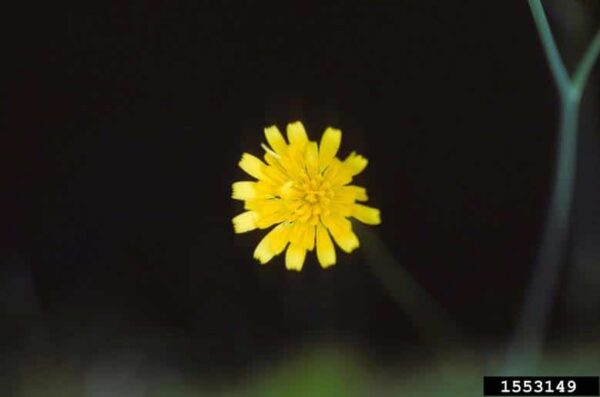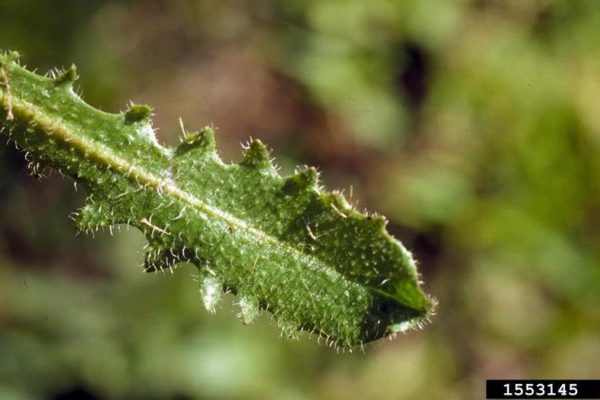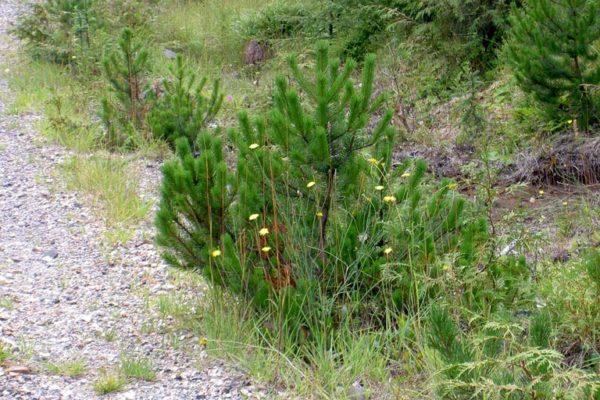Hairy cat’s-ear
Warning
Hairy cat’s-ear is thought to be poisonous and believed to be the cause of Australian Stringhalt in horses.
About This Species
Hairy cat’s-ear (Common cat’s ear, False dandelion) is a perennial plant native to Europe that invades pastures, meadows, roadsides, riverbanks, lawns, and disturbed sites. This plant can grow in a wide range of conditions, but thrives the most in sunny, open areas. It displaces native plants and is a nuisance weed on lawns. Its sometimes also known as ‘False dandelion’ because of its similarity in flowers, as well as it’s seedhead.
How to Identify
Hairy cat’s-ear is a short, yellow flowered perennial herbaceous plant with upright stems that contain a milky juice when broken.
It has 2.5-3 cm long dandelion-like, yellow flowers that grow at the end of upright stems.
Its leaves are rough, hairy and lobed, coming from a basal rosette and central taproot.

Take Action
It is best to hang dig Hairy cat’s-ear as soon as it appears, to ensure the crown is carefully removed. This plant is very persistent and will return after treatments due to its ample production of airborne seeds. It is possible to control larger infestations with repeated plowing, followed by reseeding of a non-invasive species or solarization – which means placing a plastic cover over the soil.
-
If you need advice about invasive species on your property or you are concerned about reported invasives in your local area, contact your local government or regional invasive species organization.

PlayCleanGo
Learn about best practices
REPORT TO PROTECT BC’S BIODIVERSITY

Use the app
Observe and report to protect BC’s biodiversity

Report through this website
Use our form to tell us what you’re seeing and where.






